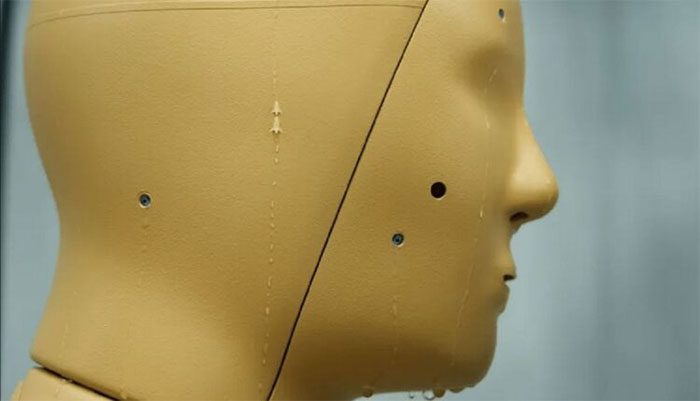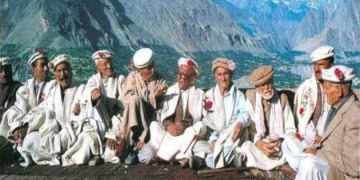American scientists have invented a type of “thermal sensing robot” called ANDI that can sweat and cool its “body” in hot weather conditions.
With its sweating feature, companies are looking for ways to bridge the gap between humans and robots, thereby adding more value to robotic technology.
By utilizing robots that can walk, breathe, and sweat, researchers hope to identify methods to ensure human safety in high-temperature environments.
Watch the experiment with ANDI. (Source: Reuters).
According to the American technology publication Giant Freakin Robot, these robots can identify specific factors in high-temperature conditions that may harm human health, especially in urban areas.
Developed by researchers at Arizona State University (ASU) and funded by the National Science Foundation’s Leading Infrastructure, Health, and Prosperity program, the sweating robot ANDI is equipped with an internal cooling system. This makes it an ideal tool for outdoor use rather than being confined to a laboratory setting.
Researchers aim to use robots like ANDI to assess the impact of heat on the human body. With 35 distinct surface areas controlled by temperature sensors, heat flow sensors, and sweat outlets, the robot can replicate human body functions and thermal responses. ANDI’s breathing may even become “labored” in high temperatures.
Since humans cannot withstand extreme heat for testing, robots are a more feasible option. In an upcoming project, ANDI will collaborate with MaRTy, ASU’s biometeorological thermal robot, to help researchers gain deeper insights into how humans sweat.
Konrad Rykaczewski, a professor of mechanical engineering at ASU and the principal investigator of the project, explains: “You do not want to conduct many temperature-related experiments on real people. It is unethical and can be very dangerous. In the next 20 years, today’s highest temperatures will become the average daily temperature.”

“Thermal Sensing Robot” called ANDI.
ANDI will not only be used to measure the extent of life and health losses under extreme temperatures, but researchers also hope to discover new cooling methods with the help of the robot.
“Perhaps staying in the shade for an extra 15 minutes or spraying water on oneself are good ways to test. Or it could be a special type of clothing. We are considering any ideas that may help. And we need to test outside,” Konrad added.
Researchers also hope that ANDI will have “organs” modeled after human anatomy, providing further insights into heat-related mortality cases.
Jennifer Vanos, a climatologist involved in the project, stated that the research team could create “digital twins” of the robot to examine different population segments. For example, older individuals sweat less than younger ones. Young people will require different protections compared to athletes or those with health issues. With ANDI, scientists can simulate thermoregulation mechanisms tailored to each individual. Additionally, researchers can test the robot in various conditions: dryness, humidity… or how the human body copes with hot winds? This research will be beneficial for designing heat-resistant clothing, rethinking urban planning, and protecting the most vulnerable populations.
In Phoenix, the capital of Arizona (Southwest USA), where dozens of cooling centers for the homeless operate during the summer, research results could also guide social workers’ actions. Vanos mentioned: “How long should a person stay in a cooling center to cool down, to bring their body temperature back to a safe level? That could be answered with ANDI.”
The research team also aims to develop low-cost sensors for use on construction sites to adjust working hours according to the actual temperature on-site and the health of workers—rather than relying on general weather conditions.


















































